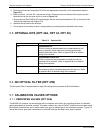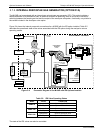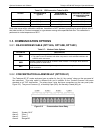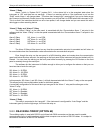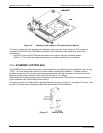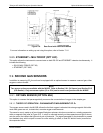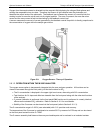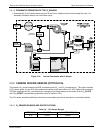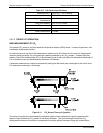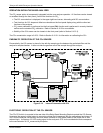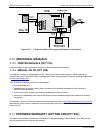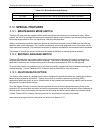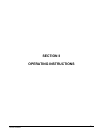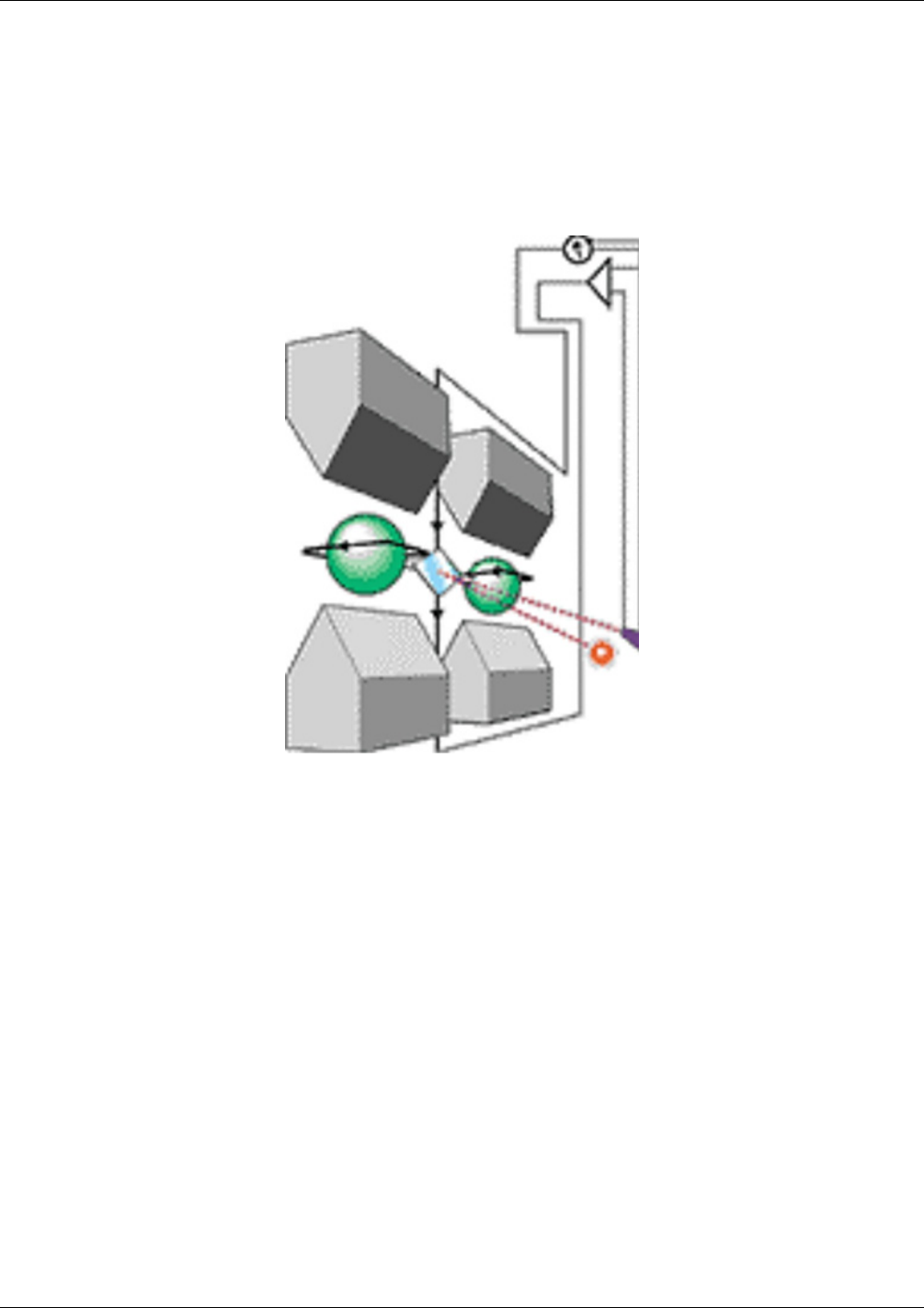
Optional Hardware and Software Teledyne API M100E Analyzer Operation Manual
64
Oxygen from the sample stream is attracted into the magnetic field displacing the nitrogen filled spheres and
causing the suspended mirror to rotate. Therefore, the amount of light reflected onto the photocells and
therefore the output levels of the photocells. The feedback loop increases the amount of current fed into the
winding in order to move the mirror back into its original position. The more O
2
present, the more the mirror
moves and the more current is fed into the winding by the feedback control loop.
A sensor measures the amount of current generated by the feedback control loop which is directly proportional to
the concentration of oxygen within the sample gas mixture.
Figure 5-9: Oxygen Sensor - Theory of Operation
5.9.1.2. OPERATION WITHIN THE M100E ANALYZER
The oxygen sensor option is transparently integrated into the core analyzer operation. All functions can be
viewed or accessed through the front panel, just like the functions for SO
2
.
The O
2
concentration is displayed in the upper right-hand corner, alternating with SO
2
concentration.
Test functions for O
2
slope and offset are viewable from the front panel along with the other test functions
of the analyzer.
O
2
sensor calibration is performed via the front panel CAL function and is performed in a nearly identical
manner as the standard SO
2
calibration. Refer to Section 8.10.1 for more details.
Stability of the O
2
sensor can be viewed via the front panel (refer to Section 8.10.1.3).
The O
2
concentration range is 0-100% (user selectable) with 0.1% precision and accuracy.
The temperature of the O
2
sensor is maintained at a constant 50°C by means of a PID loop and can be viewed
on the front panel as test function O
2
TEMP.
The O
2
sensor assembly itself does not have any serviceable parts and is enclosed in an insulated canister.
04515F DCN6048



